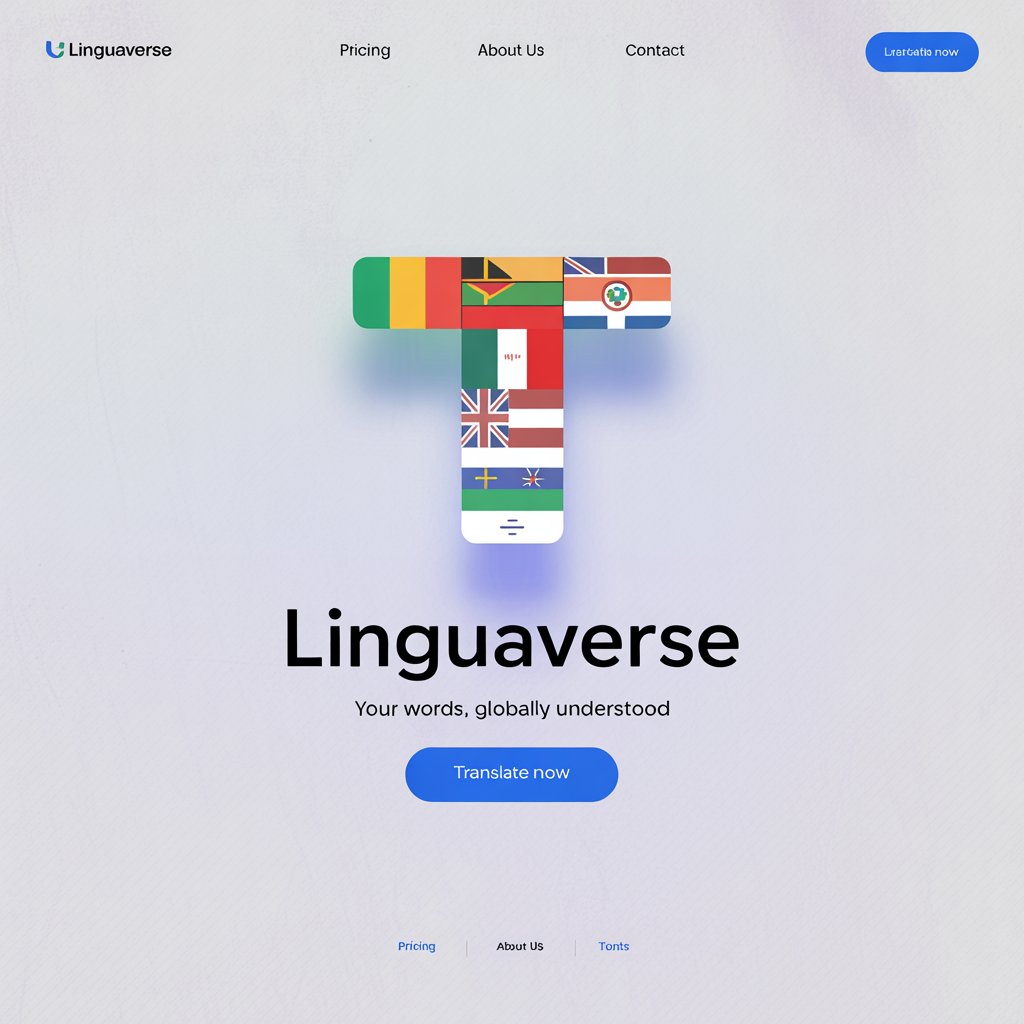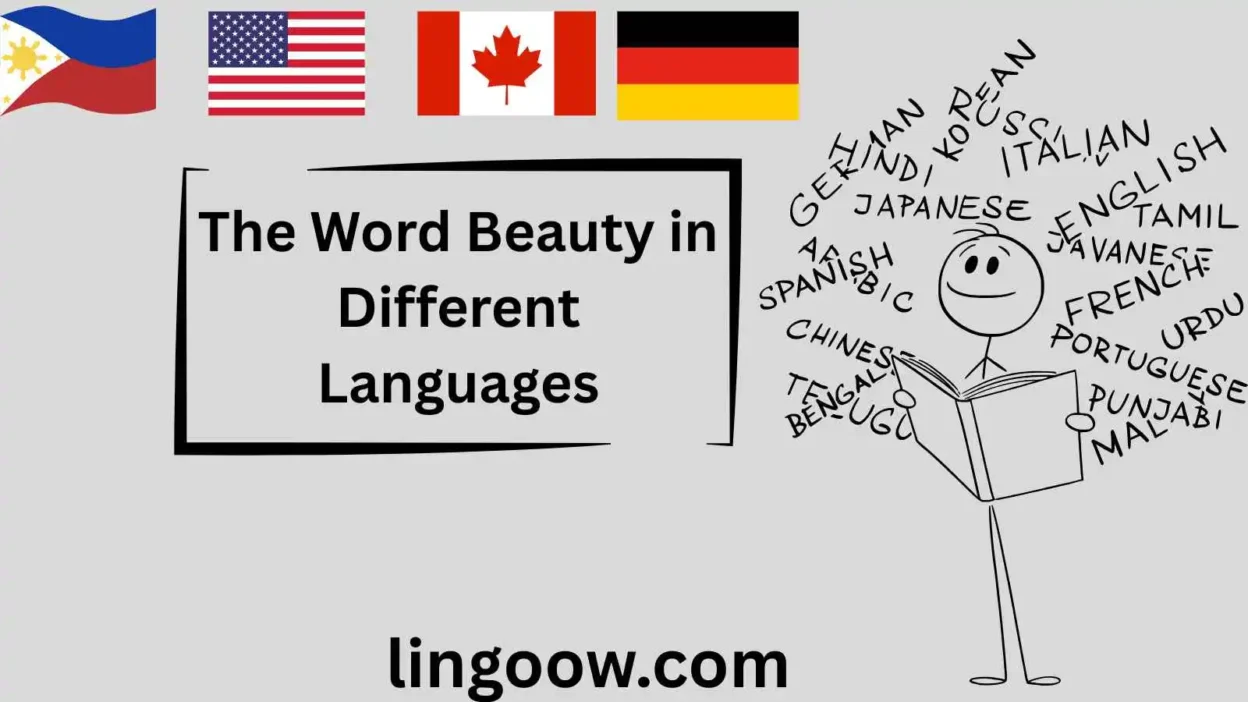Introduction
I remember standing in a bustling market in Marrakech, surrounded by vibrant colors and the hum of voices, when a vendor handed me a handwoven scarf.
“Jameel,” he said with a warm smile, gesturing to the intricate patterns. I didn’t speak Arabic, but I understood.
He was talking about beauty—a concept that transcends borders, languages, and cultures.
Beauty is a word that carries weight in every corner of the world, whether it’s whispered in admiration of a sunset, a loved one, or a moment of pure joy.
It’s a universal thread that weaves humanity together, yet each culture paints it with its own unique hues.
In this journey, we’ll explore how the word “beauty” is expressed across languages and cultures, uncovering the stories, traditions, and emotions behind it.
A Reference Table: Beauty Across Languages
Below is a table showcasing how “beauty” is expressed in 15 languages, with brief cultural or linguistic insights:
| Language | Word/Phrase for Beauty | Cultural/Linguistic Insight |
|---|---|---|
| French | Beauté | Evokes elegance and artistry, often tied to France’s appreciation for aesthetics. |
| Spanish | Belleza | Reflects passion and vibrancy, used in poetry and everyday admiration. |
| Italian | Bellezza | Linked to Italy’s rich artistic heritage, from Renaissance art to modern fashion. |
| German | Schönheit | Emphasizes inner and outer beauty, with a philosophical undertone. |
| Mandarin Chinese | Měi (美) | Symbolizes harmony and balance, deeply rooted in Chinese aesthetics and philosophy. |
| Hindi | Sundarta (सुंदरता) | Associated with grace and divine creation, often used in spiritual contexts. |
| Japanese | Bi (美) | Reflects transient beauty, like cherry blossoms, tied to the concept of mono no aware. |
| Korean | Areumdaum (아름다움) | Conveys a holistic beauty, blending physical and spiritual qualities. |
| Arabic | Jamāl (جمال) | Tied to inner radiance and divine creation, used across 20+ Arab countries. |
| Swahili | Uzuri | Represents beauty in nature and character, widely spoken in East Africa. |
| Zulu | Ubuhle | Emphasizes communal beauty, reflecting harmony in South African Zulu culture. |
| Yoruba | Ẹwà | Tied to moral and physical beauty, used in Nigeria and Benin’s Yoruba communities. |
| Maori | Ataahua | Evokes natural and spiritual beauty, central to New Zealand’s indigenous Maori culture. |
| Hawaiian | Nani | Reflects the beauty of nature, like Hawaii’s landscapes, and is often used in songs. |
| Cherokee | Uwohiyuhi | Represents beauty as a sacred quality, tied to balance in Native American Cherokee culture. |
European Languages: A Tapestry of Aesthetic Ideals
In Europe, the word for beauty is steeped in history, art, and philosophy. In French, beauté is more than a word—it’s a way of life. From the grandeur of Versailles to the delicate strokes of Impressionist paintings, beauty is celebrated as a pursuit of perfection. The French often use beauté to describe not just appearances but moments of refined elegance, like a perfectly crafted meal.
In Spanish, belleza carries a fiery passion. Spoken across Spain and Latin America, it’s a word that dances in love songs and poetry, evoking the vibrant spirit of flamenco or the warmth of a family gathering. Similarly, in Italian, bellezza is inseparable from the country’s artistic legacy. From Michelangelo’s sculptures to modern fashion runways, Italians see beauty as a divine gift to be cherished.
In German, Schönheit has a deeper, almost introspective quality. Germans often associate beauty with authenticity and inner virtue, reflecting their philosophical tradition. Across these languages, beauty is a mirror of Europe’s diverse yet interconnected cultural values, where art, history, and emotion converge.
Asian Languages: Harmony and Transience
Asia’s linguistic diversity offers a rich exploration of beauty. In Mandarin Chinese, měi (美) is a character that embodies balance and harmony. Used across China and Chinese-speaking communities, it reflects Confucian ideals of aesthetic order, whether in calligraphy, gardens, or personal conduct. Beauty, in this sense, is a state of equilibrium.
In Hindi, sundarta (सुंदरता) carries spiritual weight. Spoken in India and parts of South Asia, it’s often linked to divine creation and grace, as seen in Bollywood films or descriptions of sacred sites like the Taj Mahal. In Japanese, bi (美) captures the fleeting nature of beauty, inspired by concepts like wabi-sabi—the beauty of imperfection. A cherry blossom’s brief bloom is bi in its purest form.
Korean areumdaum (아름다움) blends physical and spiritual beauty, reflecting South Korea’s emphasis on holistic well-being, from K-beauty trends to serene temple landscapes. In Arabic, jamāl (جمال), spoken across 20+ countries like Egypt, Morocco, and Saudi Arabia, is rooted in divine creation. It’s a word that praises not just external beauty but inner radiance, often used in poetry and religious texts.
African Languages: Beauty in Community and Nature
Africa’s linguistic landscape is as diverse as its cultures, and beauty is celebrated in unique ways. In Swahili, uzuri, spoken across East Africa (Kenya, Tanzania, Uganda, and beyond), reflects beauty in nature and character. A Swahili proverb says, “Uzuri wa mtu ni tabia yake” (A person’s beauty is their behavior), highlighting moral beauty.
In Zulu, ubuhle, used in South Africa and southern Africa, emphasizes communal harmony. Beauty is seen in shared rituals, like traditional dances or beadwork. In Yoruba, ẹwà, spoken in Nigeria and Benin, blends physical and moral beauty. Yoruba art and mythology often depict beauty as a divine attribute, as seen in the goddess Oshun, who embodies love and aesthetics.
Across Africa’s 20+ countries, beauty is often tied to community, nature, and spirituality, reflecting a collective appreciation for life’s interconnectedness.
Indigenous & Island Languages: Sacred and Natural Beauty
Indigenous and island languages offer profound perspectives on beauty. In Maori, ataahua, spoken in New Zealand, beauty is inseparable from nature and spirituality. A mountain or a carved meeting house can be ataahua, reflecting the Maori’s deep connection to the land.
In Hawaiian, nani evokes the islands’ lush landscapes and cultural expressions, like hula or traditional chants. Used across Polynesia, it celebrates beauty as a gift of the earth. In Cherokee, uwohiyuhi, spoken by Native American communities in the U.S., beauty is a sacred balance, seen in traditional basketry or ceremonies.
Samoan matagofie, used in Samoa and other Pacific islands, reflects beauty in strength and grace, often associated with traditional tattoos or dances. Across these 20+ indigenous and island cultures, beauty is a bridge between the human and the divine, rooted in nature and tradition.
Cultural Insights: The Evolution of Beauty
The concept of beauty has evolved across civilizations, shaped by history, religion, and tradition. In ancient Greece, beauty (kallos) was tied to symmetry and divine proportion, influencing Western art for centuries. In ancient China, beauty was linked to li (ritual propriety), where aesthetic harmony reflected moral order.
In Islamic cultures, beauty (jamāl) is a divine attribute, celebrated in calligraphy and architecture like the Alhambra. In African traditions, beauty often extends beyond the individual to the community, as seen in intricate hairstyles or collective dances. These historical roots show how beauty is both universal and culturally specific, a reflection of humanity’s shared aspirations and unique identities.
Proverbs: Wisdom in Words
Beauty inspires wisdom across cultures. Here are a few proverbs and sayings:
- French: “La beauté est dans l’œil de celui qui regarde.” (Beauty is in the eye of the beholder.)
- Japanese: “花は桜木、人は武士。” (The cherry blossom is the flower, the samurai is the person—beauty lies in what is noble.)
- Yoruba: “Ẹwà inu ni ẹwà to daju.” (Inner beauty is the true beauty.)
- Arabic: “الجمال جمال القلب.” (Al-jamāl jamāl al-qalb.) (Beauty is the beauty of the heart.)
- Swahili: “Mrembo si yule wa sura, ni yule wa tabia.” (The beautiful one is not of appearance, but of intention.)
These sayings remind us that beauty is more than skin-deep, encompassing character, intention, and spirit.
FAQs: Unraveling Beauty’s Mysteries
Why does the word for beauty sound similar in many languages?
Words like beauté (French), belleza (Spanish), and bellezza (Italian) share Latin roots (bellus), reflecting Europe’s shared linguistic history. Similarities in other languages may arise from cultural exchanges or universal phonetic patterns.
What’s the oldest known usage of the word for beauty?
Ancient languages like Sumerian (dam) and Sanskrit (sundara) used terms for beauty in early texts, dating back over 4,000 years, often tied to divine or natural phenomena.
How do cultural differences shape the concept of beauty?
In Western cultures, beauty often emphasizes individuality, while Eastern traditions like měi focus on harmony. African cultures may see beauty in community, and indigenous languages tie it to nature, showing its diverse expressions.
Conclusion: The Eternal Song of Beauty
Beauty is a word that hums in every language, a melody that resonates across cultures, from the vibrant markets of Marrakech to the serene temples of Kyoto. It’s a universal language that speaks of wonder, love, and connection, yet each culture adds its own verse to the song. Whether it’s jamāl radiating from a kind heart or nani in the curve of a wave, beauty reminds us of our shared humanity. What does beauty mean to you? How do you say it in your language? Share your stories in the comments below—let’s celebrate the beauty of our world together!




